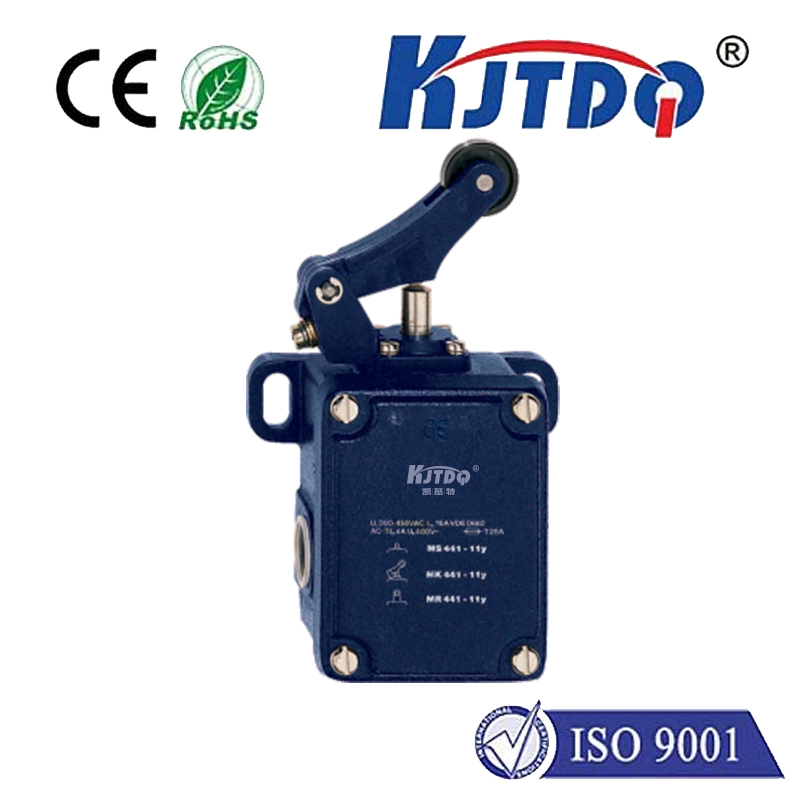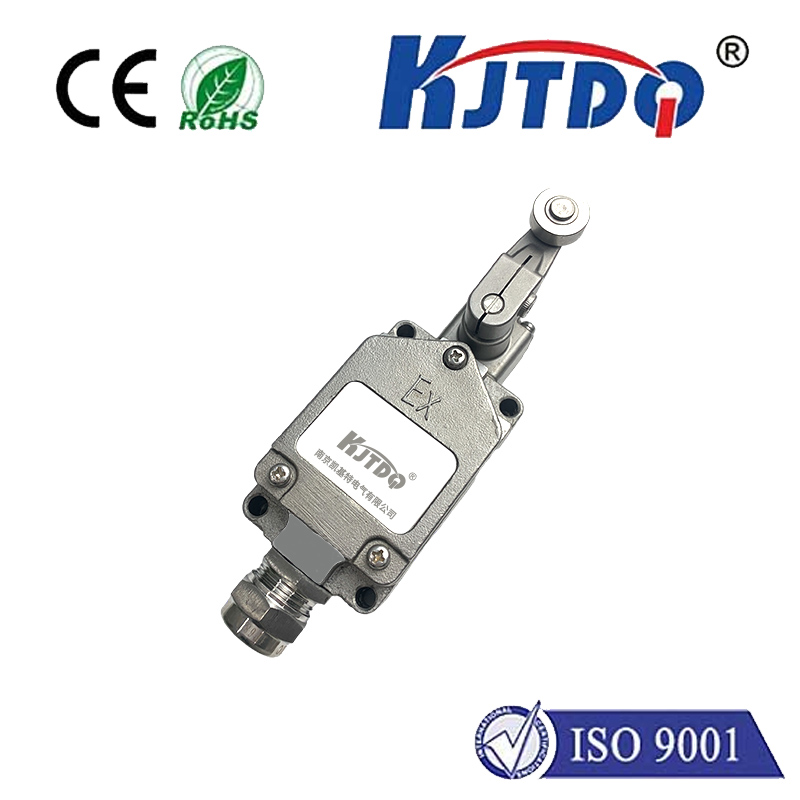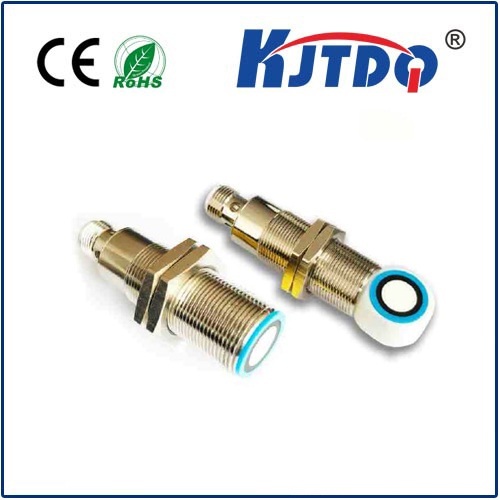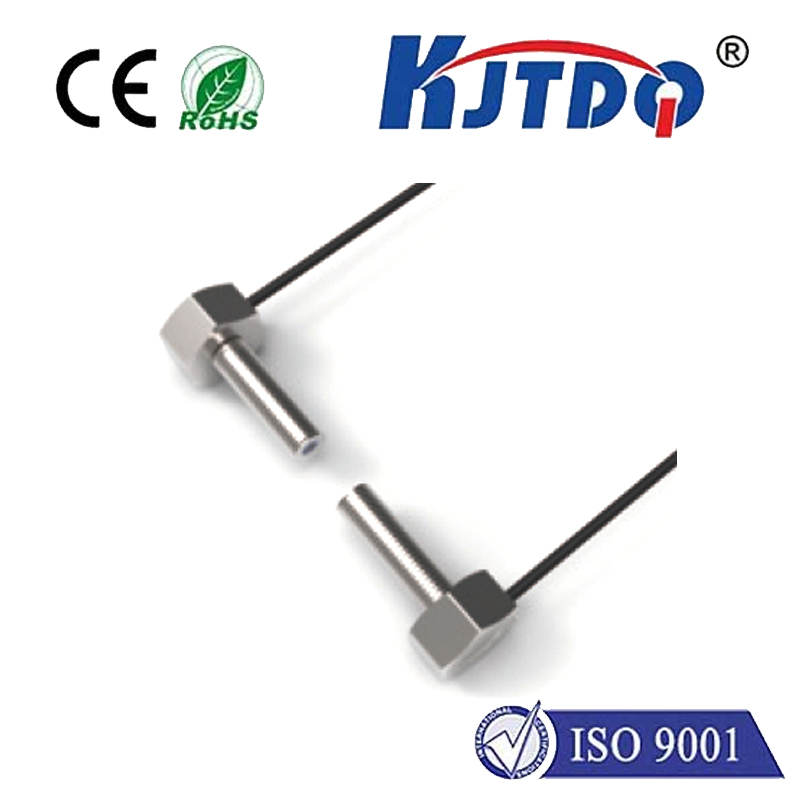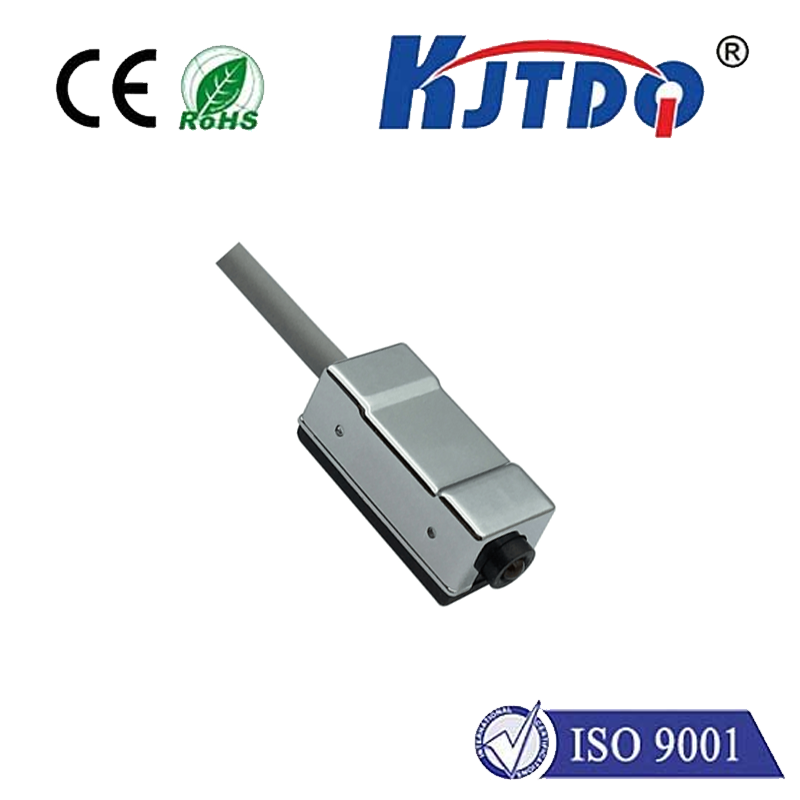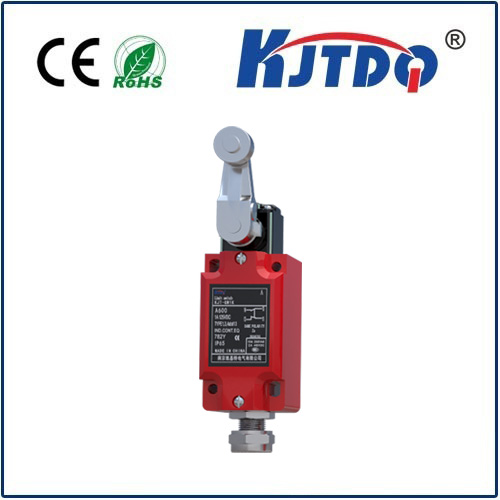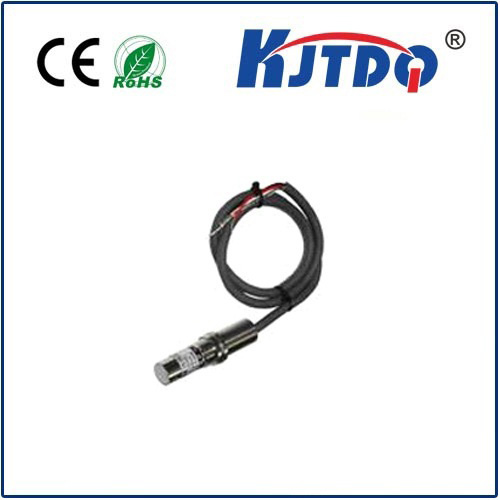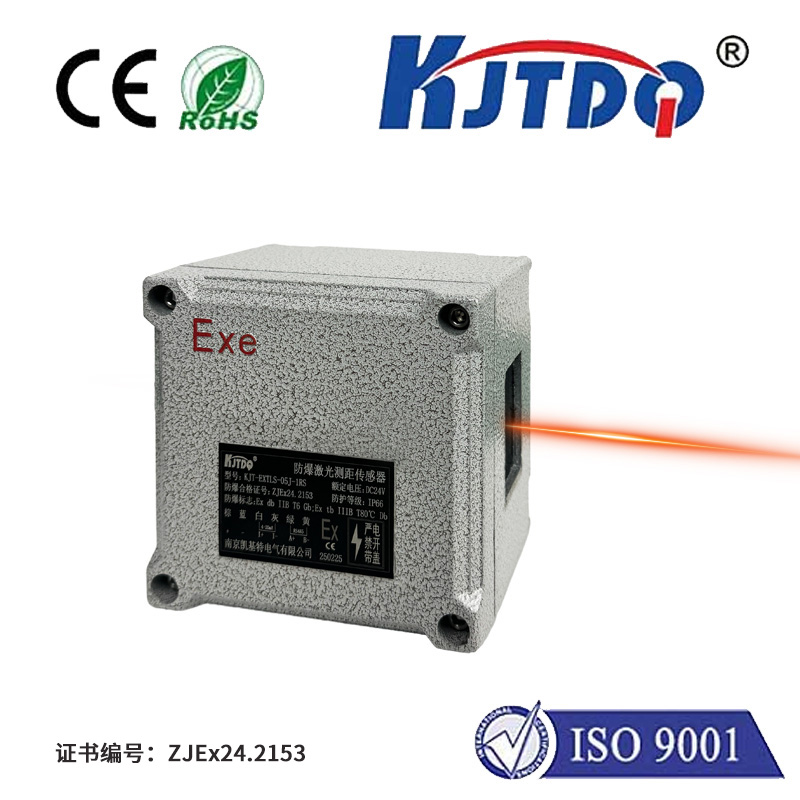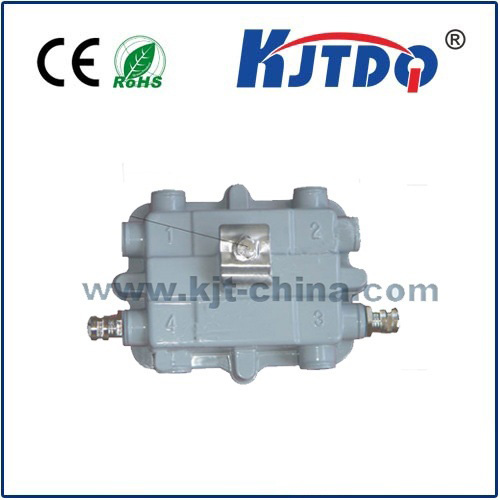harga proximity sensor
- time:2025-07-09 02:13:56
- Click:0
Harga Proximity Sensor: Understanding the Price Factors & Making Smart Choices
That moment your car door unlocks as you approach, or your phone screen magically dims when held to your ear – that’s the unseen magic of proximity sensors at work. These remarkable devices detect the presence or absence of objects without physical contact, silently orchestrating countless functions in our daily lives and industrial processes. If you’re researching harga proximity sensor, you’re likely navigating a complex market filled with options. Understanding the key factors driving these prices empowers you to find the optimal sensor that delivers both value and reliable performance for your specific need.
Decoding the Price Tag: What Influences Harga Proximity Sensor?

The cost of a proximity sensor isn’t arbitrary. It’s a direct reflection of its underlying technology, capabilities, and build quality. Here’s a breakdown of the primary elements shaping proximity sensor price:
- Core Sensing Technology: The fundamental method of detection is the single biggest price driver.
- Inductive Sensors: These workhorses detect metallic objects using electromagnetic fields. Generally the most economical option for standard metal detection tasks, harga proximity sensor for inductive types starts lowest, typically ranging from \(5 to \)50+, scaling with features and robustness. They are incredibly common in industrial automation (e.g., counting metallic parts, detecting machine positions).
- Capacitive Sensors: These detect both metallic and non-metallic objects (like plastic, wood, liquids, or even a human hand) by measuring changes in capacitance. Due to their versatility and often more complex electronics, they usually command a higher price point than inductive sensors, often starting around $15 and climbing significantly based on range and environmental resistance. Think detecting liquid levels in tanks or verifying the presence of plastic bottles on a conveyor.
- Photoelectric (Photoeye) Sensors: Using light beams (visible, infrared, laser), these detect objects at greater distances and offer high precision. Prices vary dramatically based on the light type (standard infrared vs. laser), sensing mode (through-beam, retro-reflective, diffuse), and range. Simple diffuse sensors might start around \(20, while specialized long-range or laser-based models can easily exceed \)100 or significantly more. Essential for object counting, high-speed detection, or detecting small/tiny objects.
- Ultrasonic Sensors: Using sound waves, these detect a wide variety of objects regardless of material, color, or transparency, and are excellent for measuring distance or level. Their sophisticated electronics and transducers generally place them in a higher price bracket than basic inductive or diffuse photoelectric sensors, often starting above $30 and climbing significantly for long-range or highly accurate models. Used in parking assistance, tank level monitoring, and complex object detection.
- Magnetic Sensors (Reed Switches): Simple and cost-effective for detecting the presence of a magnet. As the simplest technology, they are often the cheapest, usually just a few dollars, but are limited to magnet detection only. Found in door/window security sensors.
- Performance Specifications: Beyond the core type, the sensor’s capabilities directly impact harga proximity sensor:
- Detection Range: Generally, a longer specified sensing distance requires more complex engineering and components, leading to a higher cost. A sensor rated for 2mm will be cheaper than one rated for 50mm or meters.
- Response Time & Switching Frequency: High-speed applications demand sensors with extremely fast response times and high switching frequencies. Achieving this speed requires sophisticated electronics, increasing the price.
- Output Configuration: Basic digital outputs (NPN/PNP transistor) are standard. Sensors with analog outputs (0-10V, 4-20mA), IO-Link communication, or specialized outputs (relay, load current switching) add functionality and complexity, adding to the cost.
- Accuracy & Repeatability: Applications requiring pinpoint accuracy and consistency demand high-quality components and rigorous manufacturing processes, reflected in a premium proximity sensor price.
- Environmental Durability & Protection: Sensors operating in demanding conditions cost more to build.
- IP (Ingress Protection) Rating: Sensors designed to withstand dust, water jets, or temporary immersion (e.g., IP67, IP68, IP69K) require robust seals, specialized materials, and rigorous testing, elevating harga proximity sensor.
- Material & Build Quality: Housings made from high-grade stainless steel (e.g., V4A/316L) or specialized plastics for chemical resistance cost more than standard materials. Resistance to shock, vibration, extreme temperatures, and welding fields also adds cost.
- Specialized Protections: Sensors needing resistance to cutting fluids, specific chemicals, or high-pressure washdowns require specialized coatings or designs, increasing the price.
Brand Reputation & Support: Established brands like Omron, Sick, Pepperl+Fuchs, Balluff, Telemecanique/Schneider Electric, and IFM often command a premium price. This premium reflects extensive R&D, proven reliability, rigorous quality control, comprehensive global warranty coverage, and readily available technical support. While generic brands might offer lower initial harga proximity sensor, potential risks include shorter lifespan, inconsistent performance, poorer documentation, and limited support, especially for critical applications. In the Indonesian market (harga proximity sensor Indonesia), authorized distributors for major brands usually offer the best combination of reliability and local support, though prices might be higher than unofficial importers.
Order Quantity & Supply Chain: Like most components, buying proximity sensors in larger volumes almost always results in significant per-unit discounts. “Harga proximity sensor 1 pcs” (price for 1 piece) will invariably be higher than the unit price when ordering 10, 50, or 100+ units. Global component availability and logistics costs also subtly influence market pricing.
Matching Sensor to Application: Why ‘Cheapest’ Can Be Costly
Choosing a proximity sensor solely based on finding the lowest harga proximity sensor is often a false economy. A sensor that fails prematurely under harsh conditions, causes production downtime due to unreliability, or lacks the necessary features for the task can quickly incur far greater costs than the initial price difference.
- Industrial Automation: Harsh environments demand robust sensors. Investing in high IP-rated (IP67/68/69K), vibration-resistant inductive or capacitive sensors from reliable brands ensures continuous operation and minimizes costly line stoppages. Higher initial proximity sensor price translates to long-term operational savings.
- Consumer Electronics (Smartphones, Appliances): Extreme miniaturization, ultra-low power consumption, and high integration drive costs. While component-level harga proximity sensor for these might seem high in tiny volumes, the focus is on enabling core device features efficiently.
- Automotive: Sensors in vehicles must endure extreme temperatures, vibration, and humidity. Reliability and long-term performance are paramount, justifying the investment in high-quality components, impacting the overall sensor cost significantly.
- DIY Projects & Hobbyists: For less critical applications or prototyping, lower-cost generic sensors (commonly found online) can be perfectly adequate, offering an accessible entry point. Prioritize understanding the












